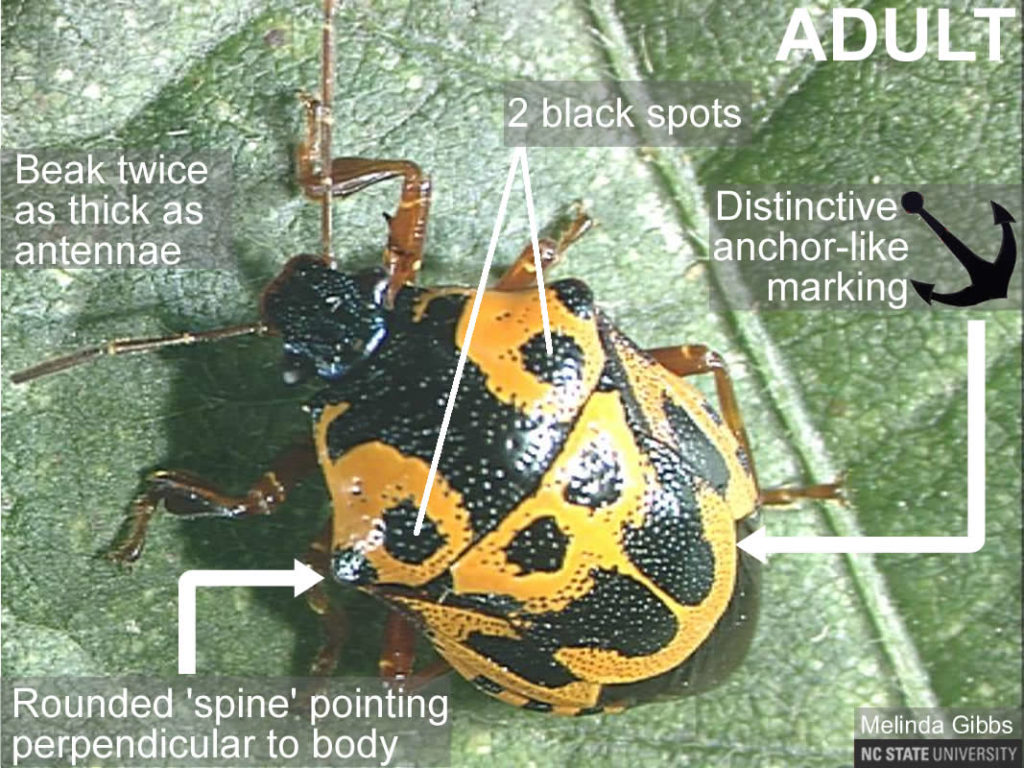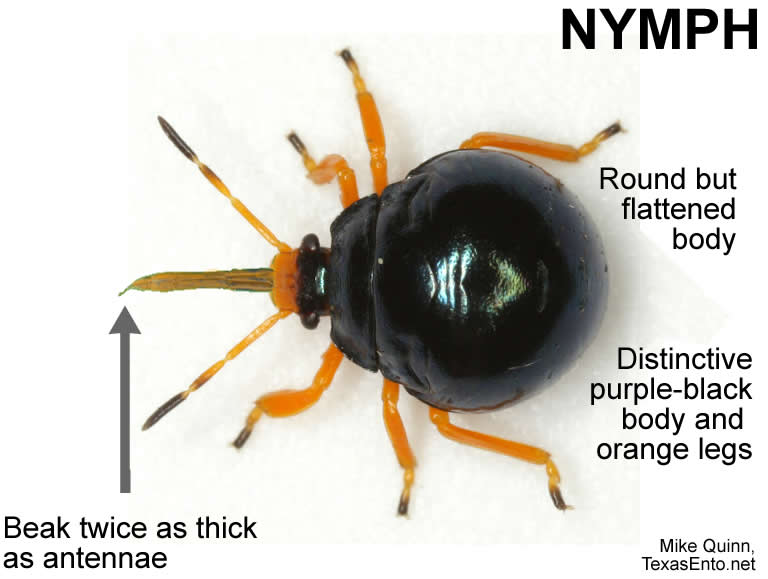Anchor Bug
go.ncsu.edu/readext?562941
en Español / em Português
El inglés es el idioma de control de esta página. En la medida en que haya algún conflicto entre la traducción al inglés y la traducción, el inglés prevalece.
Al hacer clic en el enlace de traducción se activa un servicio de traducción gratuito para convertir la página al español. Al igual que con cualquier traducción por Internet, la conversión no es sensible al contexto y puede que no traduzca el texto en su significado original. NC State Extension no garantiza la exactitud del texto traducido. Por favor, tenga en cuenta que algunas aplicaciones y/o servicios pueden no funcionar como se espera cuando se traducen.
Português
Inglês é o idioma de controle desta página. Na medida que haja algum conflito entre o texto original em Inglês e a tradução, o Inglês prevalece.
Ao clicar no link de tradução, um serviço gratuito de tradução será ativado para converter a página para o Português. Como em qualquer tradução pela internet, a conversão não é sensivel ao contexto e pode não ocorrer a tradução para o significado orginal. O serviço de Extensão da Carolina do Norte (NC State Extension) não garante a exatidão do texto traduzido. Por favor, observe que algumas funções ou serviços podem não funcionar como esperado após a tradução.
English
English is the controlling language of this page. To the extent there is any conflict between the English text and the translation, English controls.
Clicking on the translation link activates a free translation service to convert the page to Spanish. As with any Internet translation, the conversion is not context-sensitive and may not translate the text to its original meaning. NC State Extension does not guarantee the accuracy of the translated text. Please note that some applications and/or services may not function as expected when translated.
Collapse ▲- Common Name: Anchor Bug
- General Category: Predator
- Taxonomic Classification: Hemiptera: Pentatomidae
- Scientific Name: Stiretrus anchorago
Description
These bugs are easily confused with harlequin bugs (see comparison), a common pest species. Anchor bugs are generalist predators, meaning they are not picky eaters. Like all true bugs (Hemiptera) these predators have a beak. To feed, they swing their beaks up from under their bodies, sneak up to their prey and jab them with the harpoon-like tips. They inject digestive enzymes through the beak that soon render the prey immobile, after which they suck up the digested insides.


Identification
Review the images for tips on how to identify these predators.
Adults
Anchor bugs look very similar to harlequin bugs, a pest insect (See comparison). Like all predatory stink bugs, Anchor bugs have beaks that are at least twice as thick as their antennae. Adults have a distinctive marking on the top of their abdomens that resembles a ships anchor. The two spots on the top of the thorax are widely separated by a large black marking, unlike Perillus. Coloration is either yellow, orange or red, with black markings. They have rounded shoulders rather than the spines seen in Podisus, for example.
Nymphs
No wings. Beaks like adults. The overall shape is rounded with a somewhat flattened underside. Distinctive purple-black body and orange legs.
Value in Pest Management
These stink bugs are somewhat uncommon natural control agents of a variety of plant feeding insects. Because they’re less abundant, they likely do not contribute as much to pest population regulation as other predatory stink bugs like Podisus. They are not sold commercially.
Origin and Distribution
Native, throughout eastern North America.
Discover Life – Stiretrus anchorago


